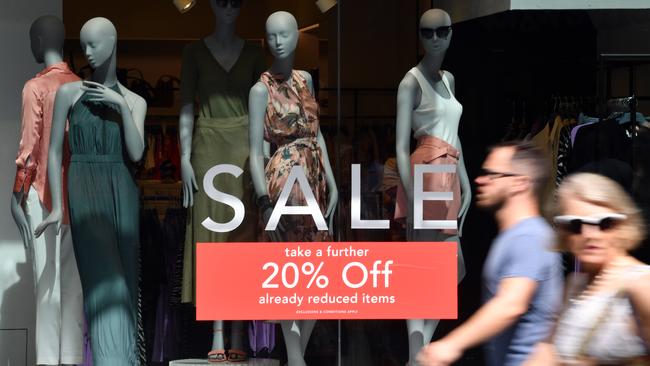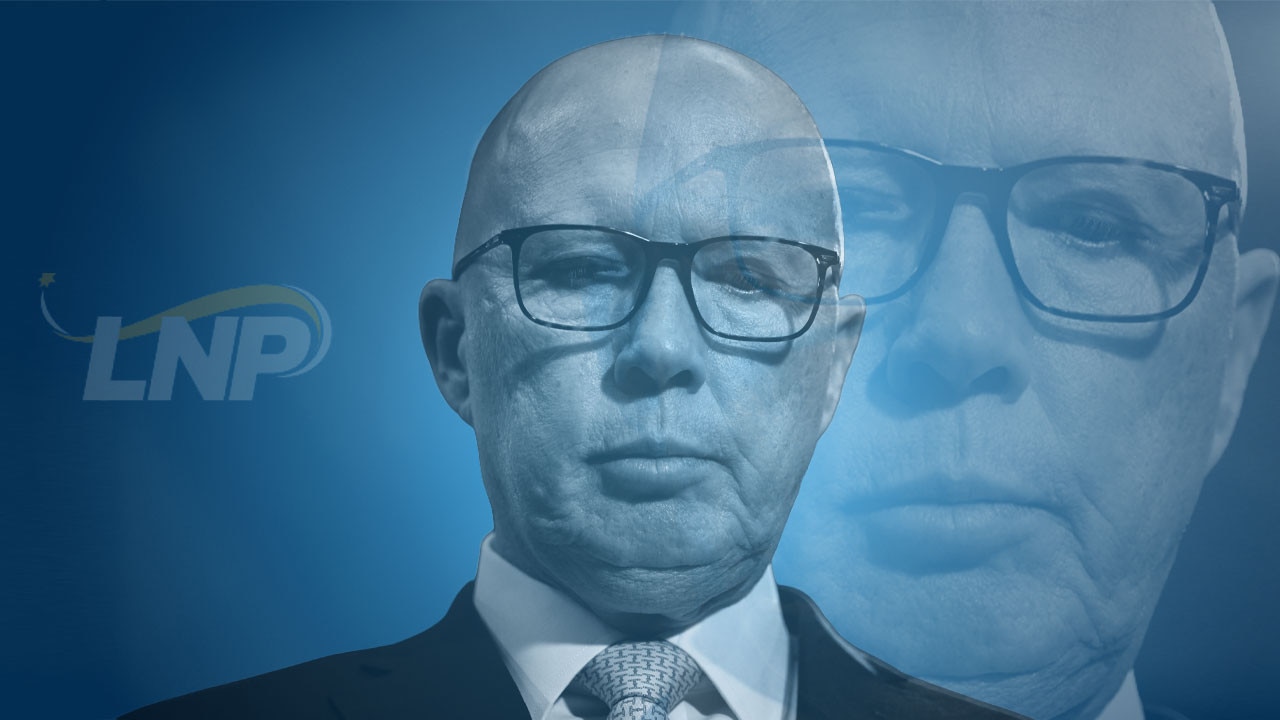Tax cuts signal rival parties in bidding war for battlers
The sugar hit will be sweet for retail but may not count for much on election day.

The Coalition and Labor are engaged in a tax-cut auction for the votes of low-income and middle-income earners. Labor saw the Coalition’s $530 tax offset in last year’s budget and raised it to $928. The Coalition has answered, bidding $1080 in Tuesday’s budget, while Labor gets the final call when Bill Shorten delivers his budget reply tonight.
In the pockets of people earning from $48,000 to $90,000, the cash will come in handy. There will be smaller refunds for those on lower incomes and for those earning up to $125,000. Australians like their tax refunds and a good portion will be spent. It will be a bit like a small lottery win.
Households are under pressure. The latest national accounts showed that after allowing for inflation and tax, the average household was left with slightly less income than they were receiving seven years ago.
Calculations by the Australian National University’s Centre for Social Research and Methods show it is the first such dip since the recession 27 years ago. If that is the average, then many millions of households have gone backwards by larger amounts.
This comes through in the consumer surveys. The Westpac-Melbourne Institute survey shows the numbers saying their household finances have deteriorated during the past year exceed the numbers saying they have improved by 20 per cent.
The biggest risk facing the economy is that households get stuck in a funk, losing hope that their financial position will improve. There are signs of this, although Treasury sees it as just a passing cloud.
Households have been the unsung heroes of Australia’s sound economic performance of the past five years. When the heat came out of the resources boom in 2012 and 2013, Treasury and the Reserve Bank had feared a slump, but were holding out for non-resource companies to lift their investment. It didn’t happen: companies were not confident in the future and boards would not approve new investment projects. Total business spending was as depressed as at any time outside of an outright recession, despite a run of interest rate cuts from the Reserve Bank.
Instead, households started to lift borrowing to get ahead in the property market, first in Sydney and then in Melbourne and Brisbane. Developers responded, and the focus of Australia’s economic growth shifted from the resource fields to the urban centres.
In Sydney in particular, a kind of frenzy took hold as property investors started snapping up as many as half the properties coming to the market.
With rising turnover in the housing stock came spending on furniture and household goods. Car sales also rose, as did overseas holidays.
Spending stayed strong although wage growth was slowing. Where workers had long been used to wage growth of 3.5 per cent to 4 per cent, settlements had dropped below 3 per cent in 2013 and below 2 per cent by 2016. It has happened around the world during the same period, and economists have no clear explanation.
Productivity growth has been slower, while the rise of technology means workers in some industries are facing competition from emerging nations such as India. Businesses have been relentlessly cutting costs.
But buoyed by the property market, Australian households kept spending, content to save a bit less. They did not go overboard, as they had during the property boom in the mid-2000s, when people took out home equity loans to buy cars, holidays and investment properties.
On the contrary, many were paying off mortgages faster than required by their banks, but the boom took the total levels of household debt close to the highest in the world.
Last year, the music stopped. For most people, the housing boom was an abstraction — at its peak, the average Sydney or Melbourne house was gaining more in value every month than the average worker was earning, but unless you were buying or selling it didn’t make any difference. But enough people were trading that the market downturn has had an immediate effect on spending.
In the last half of last year, consumer spending rose at an annual rate of just 1.4 per cent. Treasury has cut its estimate of GST revenue by $10 billion across the budget period as a result. Retail and consumer-exposed businesses are being squeezed. Figures released yesterday show car sales in the first three months of the year were down almost 8 per cent.
Treasury is counting on household spending growth doubling to 2.8 per cent during the coming financial year, buoyed by continued growth in employment and a bounce-back in wage growth. It predicts wages also will rise 2.8 per cent during the year ahead, before advancing 3.3 per cent by 2020, which would be the best wage growth in eight years.
With household spending accounting for 60 per cent of the economy, the possibility that Treasury is wrong about consumers is the biggest single risk to the budget outlook. They may decide it is time to cut spending and rebuild their savings in the face of continuing low wage growth and record debt.
The tax handouts will make a difference. The cash handouts by the Rudd government in the thick of the global financial crisis were similar in size and were mostly spent.
The average income earner would have been anticipating an after-tax wage increase of only a little more than $1000 this year. But it will be a passing sugar hit.
It is doubtful that whoever prevails in the election next month will get much thanks. The study of voter opinion conducted by ANU after each election shows that after the 2016 poll, 74 per cent said the government made no difference to their personal finances while a mere 4 per cent said it had helped. Voters were similarly sceptical that government had much influence over the national economy.
Indeed, repeated academic studies have found Australians are less likely to be swayed in their vote by economic factors than voters anywhere else.



Regardless of who emerges triumphant from next month’s federal election, about five million taxpayers will see a bonus tax refund of at least $1000 in July or August.